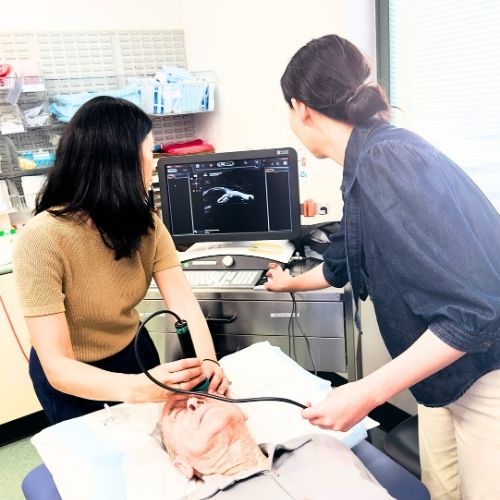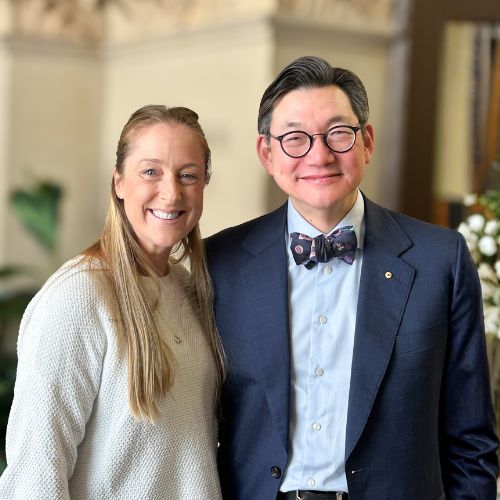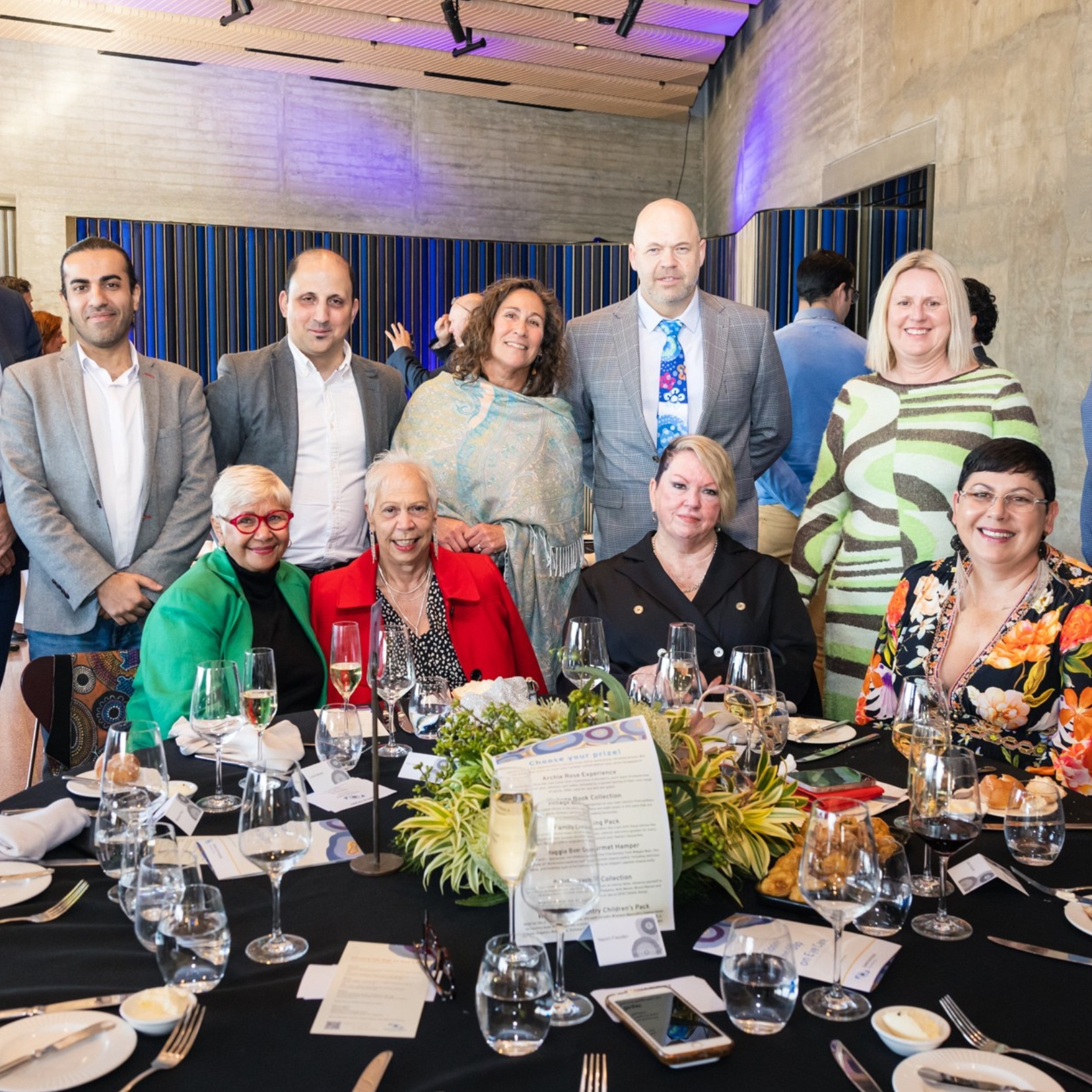Inherited retinal disease vision loss affects quality of life. Impact on mobility is a main contributor. Therapies in this previously untreatable group of blinding eye disorders are now in sight. But before their benefits can be fully understood, assessment methods to identify improvements must be created. Being able to document how the person functions (functional vision) is different to the measurement of how the eye functions, and it is these two factors that form a whole assessment of quality of life. Virtual Reality can assist in standardising the evaluation of functional vision.

The case for funding
As new therapies for inherited retinal disease (IRD) continue to improve and usher in a new era of health and wellbeing, there is a clear unmet need for a new form of visual assessment that is practical to implement and is universally available particularly for those with the lowest vision.
However due to the slow progression of IRD, change is difficult to measure and translate into functional impact. These are important factors when it comes to preparing scientific documentation for clinical trials – the type of ground-breaking research that shepherds laboratory theory into the real world.
The best way to accurately assess the functional vision of a patient is by having them complete everyday activities in real-life settings. However, real-world assessment is time consuming and rarely feasible in clinical settings.
Virtual Reality (VR) addresses these issues by creating a readily duplicated and highly controlled battery of tests. Professors John Grigg and Gregg Suaning have piloted a mobility assessment tool where the participant wears VR goggles and interacts with an avatar to navigate different courses.
The system records data such as number and types of collisions (walking into walls or tripping on low lying obstacles). Speed, time, and distance walked are also calculated. In addition, head movement and body rotation are registered – these may be useful outcome measures for those who move slower than preferred walking speed as a strategy used to navigate their environment.
Donor impact
With thanks to generous donations to Sydney Eye Hospital Foundation, this project aims to determine whether parameters from a recently developed virtual reality (VR) mobility assessment tool may serve as biomarkers of functional vision in participants with advanced retinal disease. The long-term goal will be to determine whether the VR mobility assessment tool parameters can document changes over time in functional vision and serve as a suitable outcome measure for clinical trials in participants with advanced retinal disease.
“We are extremely excited to be at the forefront of enabling breakthrough therapies for this previously untreatable group of sight-robbing diseases.” – Professors John R Grigg and Gregg Suaning (pictured above)






